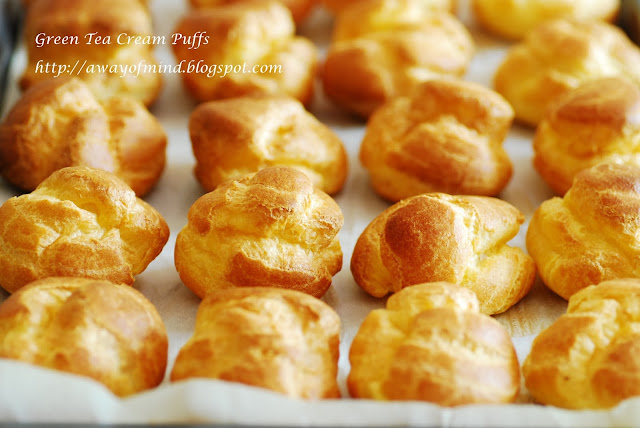Karak Tea is the popular spices Arabic drink which believe to be originated from India. The Qatar Karak Tea is not as spicy as what we get in the Indian Masala Chai Tea, there are varies version of Karak Tea with endless possibilities in the use of spices to suit your taste bud.
The basic common ingredients used are: black tea, condensed milk or evaporated milk, sugar and spices. Some people like to add spices such as ginger, cardamon, cinnamon, star anise , peppercorn, nutmeg or cloves. As for my family, I add saffron and little sugar in it. In Qatar we can get a special evaporated milk that comes with cardamon flavour, most people believe it's to cater for the local drinking culture.
This should be the last post before I break for my summer holidays and wishing all Muslim friends and readers Happy Eid Mubarak in advance!
今天就来杯卡达尔文化的咖乐茶,这是源自印度的阿拉伯香料茶。如果拿卡达尔的咖乐茶和印度的麻撒拉彩茶比较,后者是扁辣的。当地人喜欢在茶里变动和加添香料,使一杯原本普通口味的咖乐茶变成有无尽又多元化,在口味方面来配合每一个人不同的需求。
大致上泡一杯咖乐茶得用上:红茶,练奶或淡奶,糖和香料。有人喜欢在茶里加姜,豆蔻,肉桂,茴芹,胡椒粒,肉豆蔻或蒜瓣。我喜欢在茶里加藏红红粉和一点糖。在卡达尔我们可以买到添加了豆蔻的淡奶,听说是厂商特别为当地人的喝茶习俗而提供的。要先说的是,这可是一杯会口味留香的重口感咖乐茶哟。
我将放暑假去了,预祝大家假期悦快!
大致上泡一杯咖乐茶得用上:红茶,练奶或淡奶,糖和香料。有人喜欢在茶里加姜,豆蔻,肉桂,茴芹,胡椒粒,肉豆蔻或蒜瓣。我喜欢在茶里加藏红红粉和一点糖。在卡达尔我们可以买到添加了豆蔻的淡奶,听说是厂商特别为当地人的喝茶习俗而提供的。要先说的是,这可是一杯会口味留香的重口感咖乐茶哟。
我将放暑假去了,预祝大家假期悦快!
Yield: 4 glasses of small Karak Tea
Ingredients:
15g Black tea (used Red Label tea)
200ml hot water
50ml evaporated milk (Rainbow brand with cardamon)
a pinch of saffron
sugar (to taste)
Method:
Put the black tea in a small tea bag, place the tea bag in the tea pot, add saffron. Pour in the hot boiled water, add evaporated milk and sugar (to taste). Stir well to dissolve the sugar before serving.
This post is linked to the event Little Thumbs Up (July 2015 Event: Tea)
organised by Zoe of Bake for Happy Kids and Doreen of My Little Favourite DIY
and hosted by Cheryl of Baking Taitai.

























